

This guide provides comprehensive information on selecting the appropriate 3 inch wood screws for various woodworking projects. We'll cover screw types, materials, driving techniques, and factors to consider for optimal performance and durability. Learn how to choose the perfect screw for your needs and avoid common mistakes.
The head type of a 3 inch wood screw significantly impacts its application and aesthetics. Common head types include: Phillips, slotted, square, and Robertson. Phillips heads are the most widely used due to their familiarity and ease of use with standard screwdrivers. Slotted heads are less common now but are still found in some applications. Square and Robertson heads offer superior grip and resist cam-out (bit slipping out of the screw head).
3 inch wood screws are typically made from steel, often coated for corrosion resistance. Common finishes include zinc plating (provides good corrosion resistance), stainless steel (superior corrosion resistance), and other specialized coatings for increased durability in specific environments. The choice of material and finish depends on the project's location and intended use – exterior projects often require corrosion-resistant options. For example, using stainless steel 3 inch wood screws outdoors ensures longevity.
The thread type and spacing influence the screw's holding power and ease of driving. Coarse threads offer better grip in softer woods, while fine threads are better suited for hardwoods and applications requiring a cleaner finish. The thread spacing also affects the screw's pull-out resistance. Selecting the correct thread type is crucial for ensuring a secure and strong joint.
The type of wood significantly influences screw selection. Hardwoods like oak or maple require screws with finer threads and potentially a slightly larger diameter for optimal holding power. Softer woods like pine or fir can accommodate coarser threads. This is important to prevent stripping or splitting the wood. Remember to pre-drill pilot holes in harder woods to avoid splitting.
The intended application of the 3 inch wood screws dictates the required strength and durability. For example, screws used in load-bearing applications need to be significantly stronger than those used for cosmetic purposes. Consider the forces the screws will endure throughout the lifespan of the project.
Pre-drilling pilot holes is crucial, especially for hardwoods and to prevent wood splitting. The pilot hole's size should be slightly smaller than the screw's shank diameter. A slightly larger counter-bore can be drilled for the screw head to sit flush or slightly below the surface. Always use a countersink bit if you intend to have a completely recessed screw head.
Employing the correct screwdriver is essential for preventing cam-out and damaging the screw head. The screwdriver's tip should precisely match the screw's head type. Applying consistent pressure and avoiding excessive force are crucial for clean and secure fastening.
| Screw Type | Material | Thread Type | Holding Power | Cost |
|---|---|---|---|---|
| Phillips Head | Zinc-plated Steel | Coarse | Medium | Low |
| Robertson Head | Stainless Steel | Fine | High | Medium |
Remember to always consult the manufacturer's specifications for the most accurate information on screw performance and application.
For a wide selection of high-quality 3 inch wood screws and other hardware, visit Hebei Muyi Import&Export Trading Co.,Ltd. They offer a comprehensive range of products to meet your project needs.
This information is for guidance only. Always refer to manufacturer instructions for specific product details.


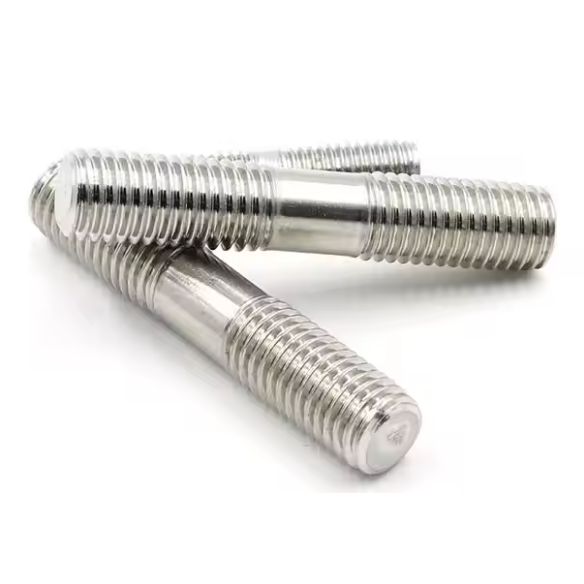
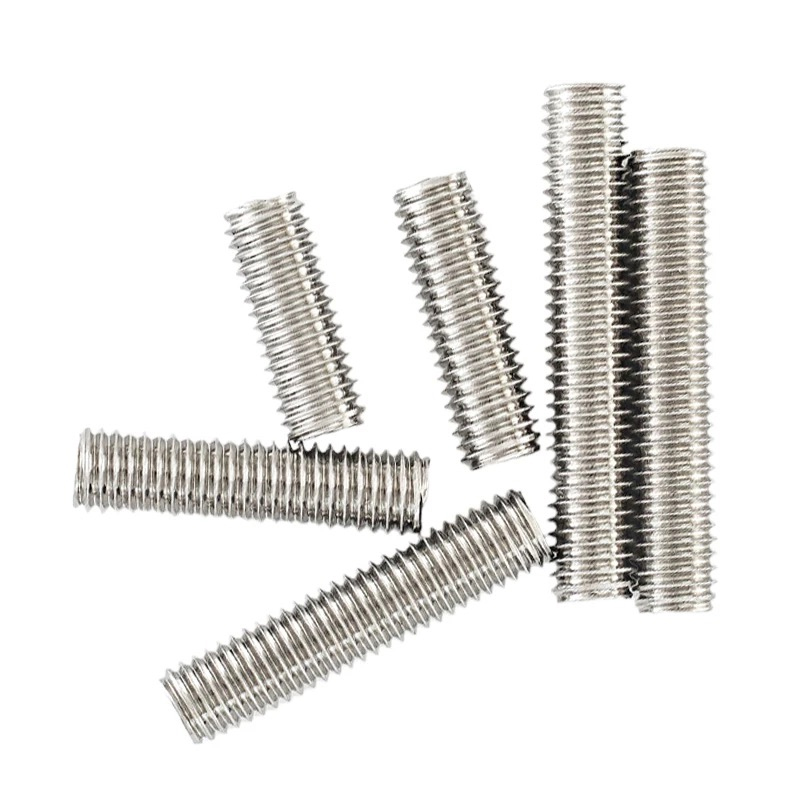

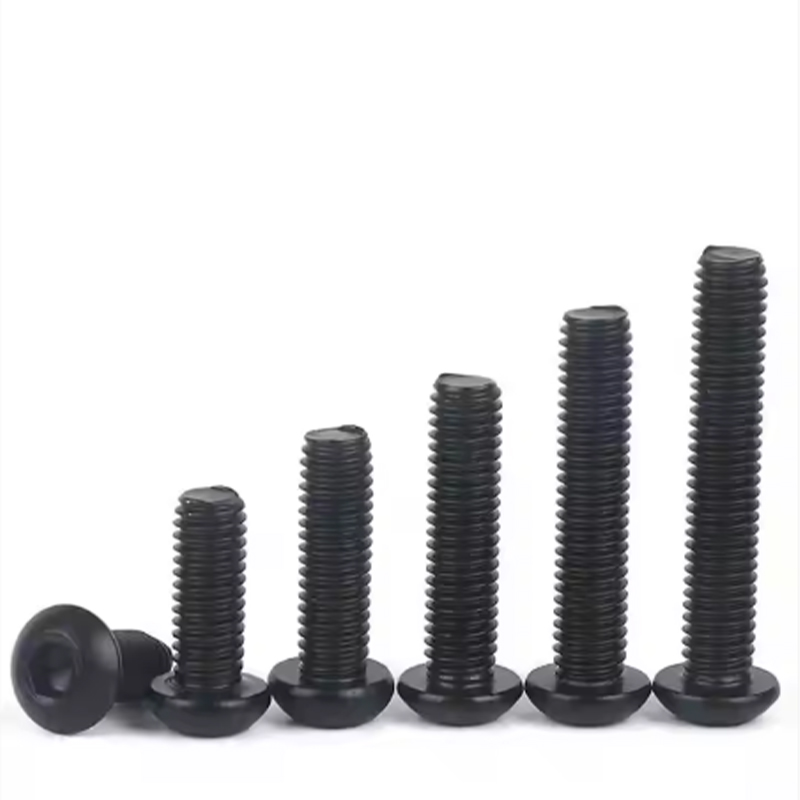
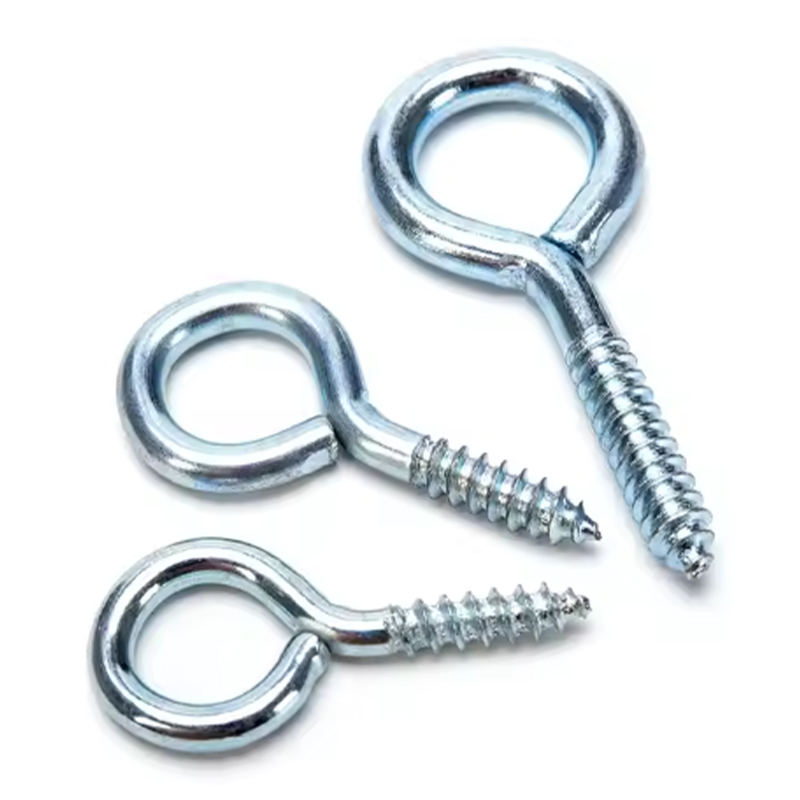
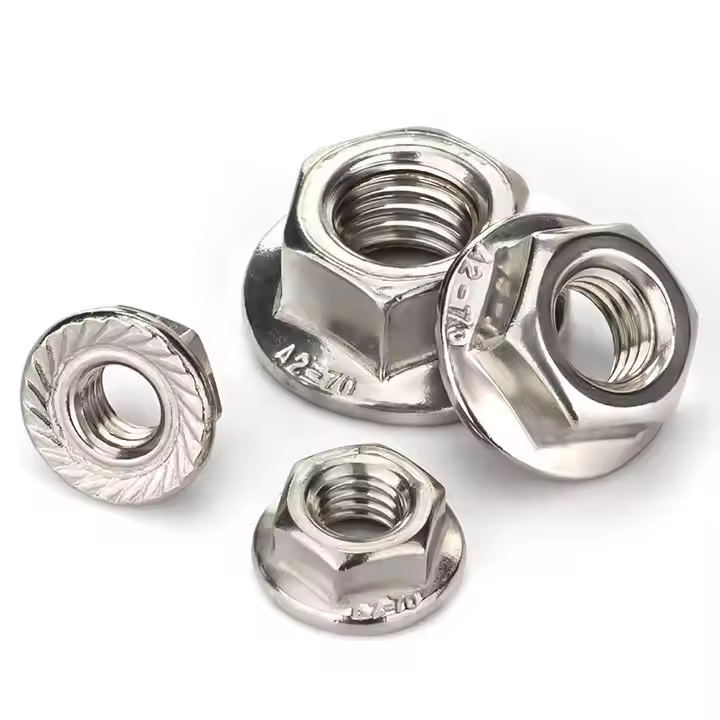
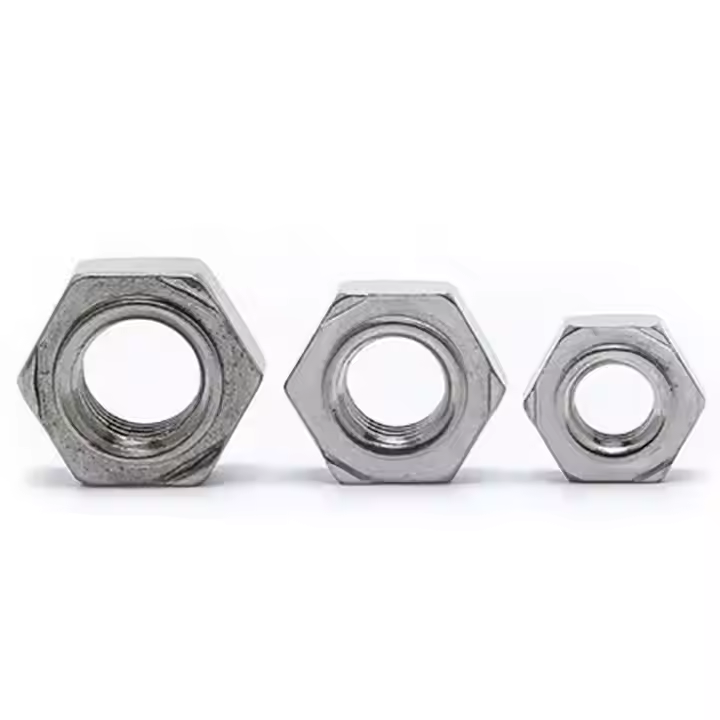
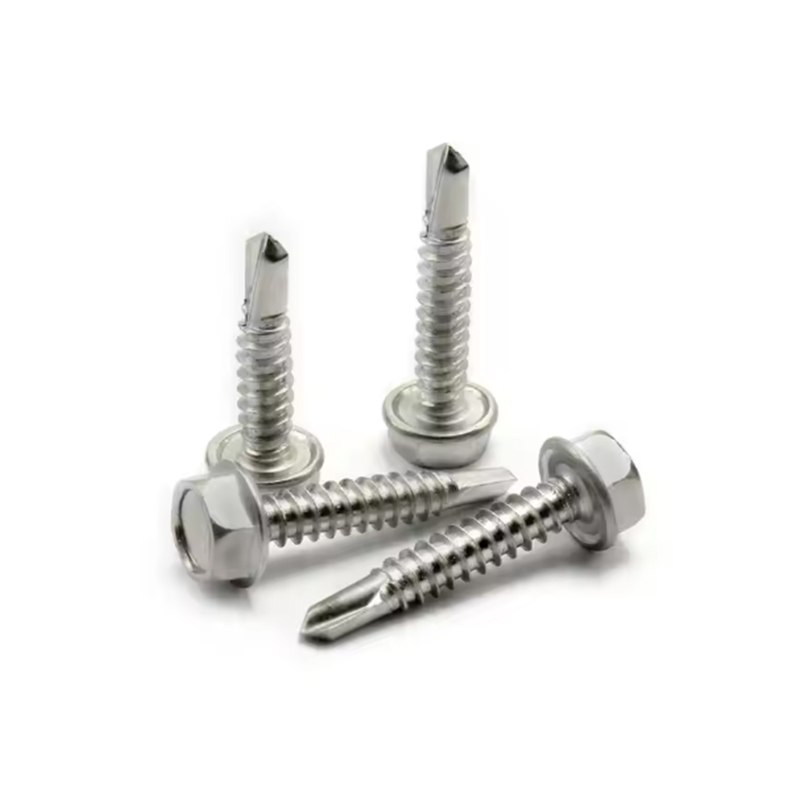

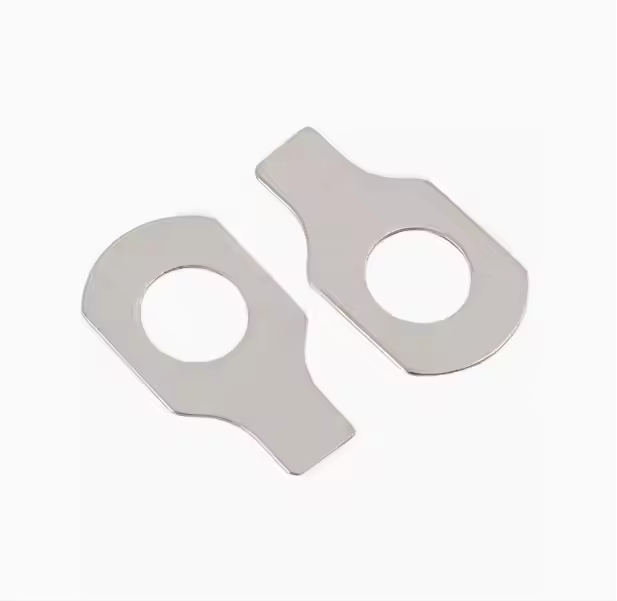
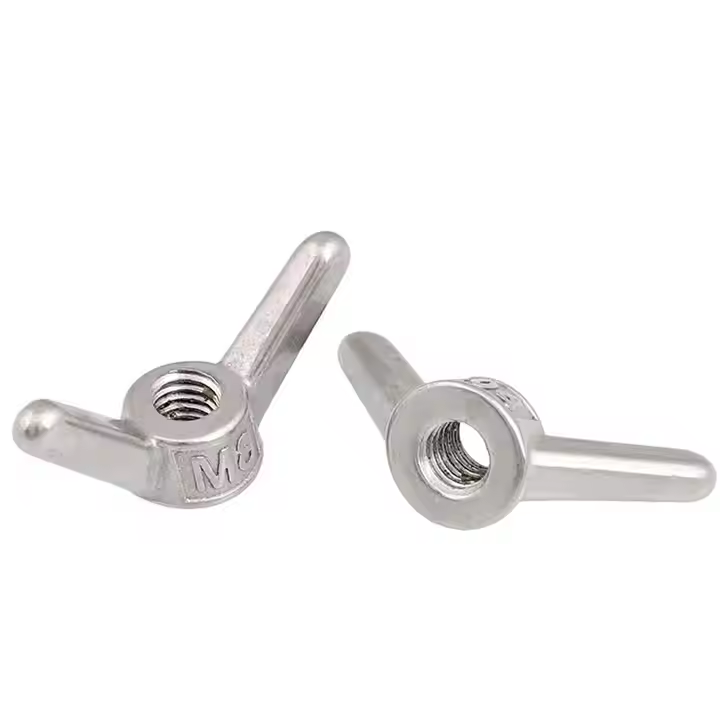
Please enter your email address and we will reply to your email.